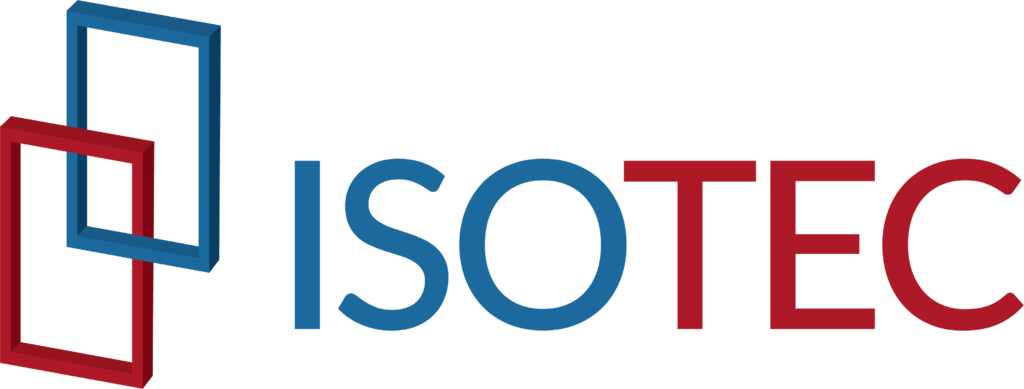 Facial Recognition technologies’ rapid proliferation speaks volumes to their value and effectiveness. Schools of all grades may benefit from the technology.
Facial Recognition technologies’ rapid proliferation speaks volumes to their value and effectiveness. Schools of all grades may benefit from the technology.
Atrocities in schools are so hard to prevent because they happen so infrequently, and appear to be random. However, there is data throughout any school campus, which can provide actionable information that can be used to increase safety and security in schools. Facial Recognition is one of many available technologies that can give schools the upper hand in their effort to enhance safety and security.
No one argues against safer schools, but they do let money get in the way of achieving the objective. No one argues against screening for security’s sake, but they don’t want their children to feel oppressed. The National Sheriffs Association endorses a holistic layered approach for increasing school safety and security. We believe the same.
Knowing who is on your school’s campus is a pretty basic layer of security. Facial Recognition is one of those technologies that can help identify and recognize who is on campus or in class, or on the school grounds; enter facial recognition software.
As legal guardians, we should know if our children are in school or not. As a grandparent, I want to know if there are people in my granddaughter or grandson’s school who shouldn’t be there. Facial recognition security can make certain that everyone is where they should be, doing what they’re supposed to be doing.
Manual facial recognition is already a reality. Schools with student & staff ID requirements are perfect candidates for the automated facial recognition technology. Some schools use facial recognition to take attendance while ensuring the sanctity of the campus. Entranceways, exits, and various sections of school can be automatically monitored with pre-determined scenarios of operation in the event a person(s) is somewhere they shouldn’t. The utilities and benefits are many.
Facial recognition software is a digital net that indiscriminately gathers binary data and converts that data into timely actionable information, especially in the event of an intruder. Imagine the effectiveness of a “no match found” warning was given to school officials, who also provide the location and or movements of that trespasser. Or in a K-12 school, whereby an upper-class student, not authorized to do so, is cruising the primary school hallways. That’s actionable information.
Going Too Far?
How secure is the facial recognition data if hacked? Purportedly, Facial Recognition software has a liveness detection which prevents hackers from using a picture of the person for impersonation purposes.
What about the right to privacy? Is this too invasive? Who establishes the search parameters and alarm criteria for facial recognition deployment? There is no pat answer for these questions; more so these are issues that need to be addressed by local school officials working hand in hand with their community and law enforcement. The independence of choice will lead to a myriad of community-centric approaches.
It’s a Layer Not a Panacea
The data & information to assist in achieving safety & security for schools is everywhere and waiting to be utilized. The tools for this layer of security are available and can help translate all that data into actionable information. Much like any disruptive technology, the ingenuity of end-users will lead to facial recognition’s additional utilities as the technologies advance and as users apply their “what if” thought processes.
Each school needs to develop its own plan, determine their needs, and resolve to meet them.
For information about how Isotec Security can partner with you to increase your schools security contact us today.
